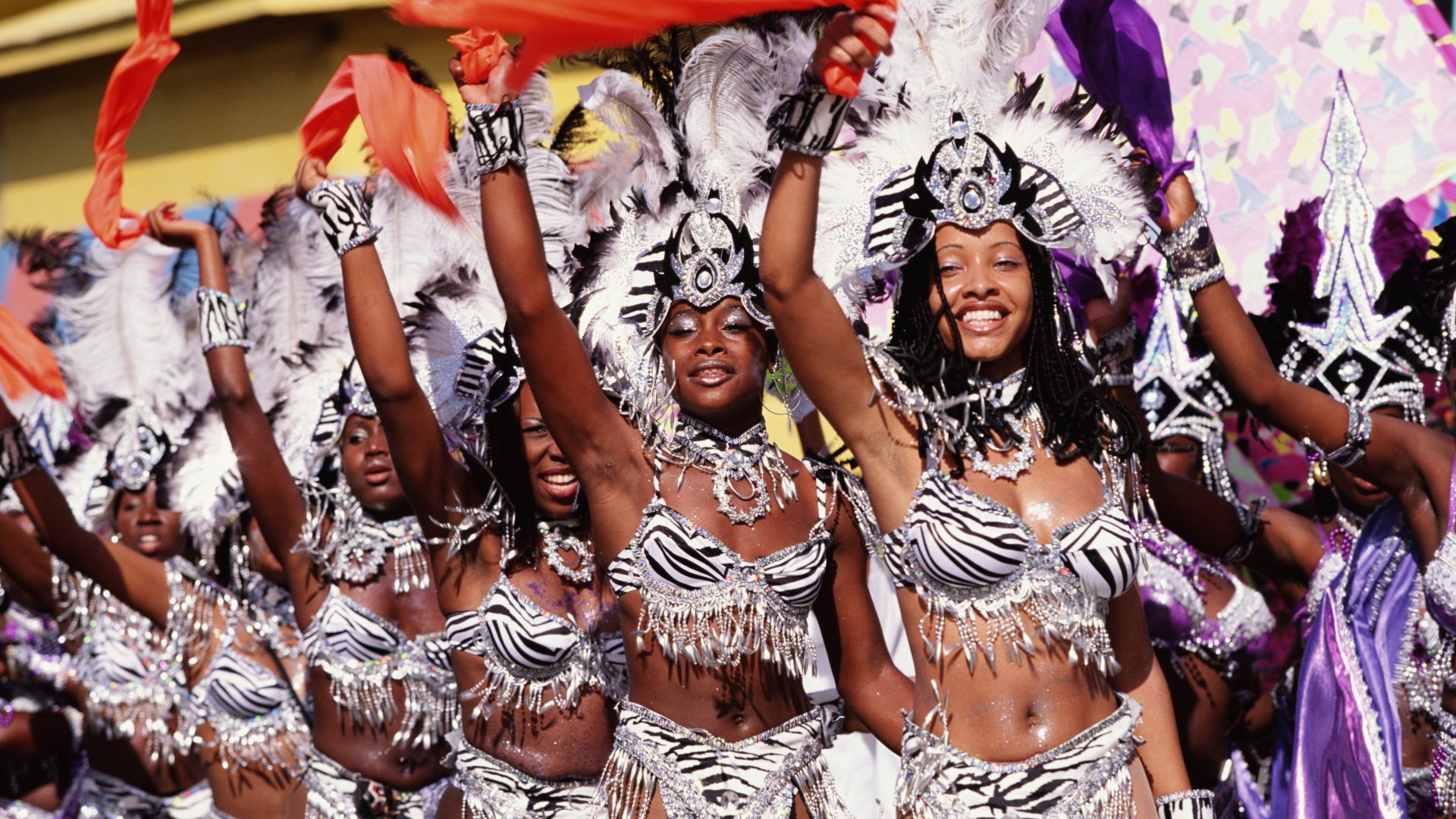
This notable event is celebrated worldwide, from Rio to Trinidad and Tobago. People across the globe have seen the handcrafted costumes, vibrant citizens, and, of course, the infectious energy. Carnival, with its rich costumes and rhythmic music, is a significant cultural event rooted in the history and traditions of the Caribbean.
The origins of this lively festival can be traced back to the colonial period when African slaves, brought to the Caribbean by European colonizers, used the opportunity of their limited freedom to celebrate and express their rich cultural heritage. These early celebrations were not just a form of entertainment but a powerful testament to the resilience and strength of the African slaves, who, despite their harsh circumstances, found a way to celebrate and express their cultural pride. The original festivities were influenced by African traditions, such as masquerade dances, drumming, and storytelling.
Over time, these elements created a unique blend that laid the foundation for what we now recognize as Carnival across the Caribbean. With celebrities like Rihanna, Nicki Minaj, and Chloe Bailey, many people see the cultural significance of what Carnival does for the culture and the moments they create. Early costumes were simple, often using whatever materials were available, including natural elements like leaves, feathers, and bones.
These early dress forms were symbolic, often representing resistance and a means to maintain African traditions in the face of colonial oppression. As the 19th century progressed, the fashion of Carnival began to reflect more of the social and political changes occurring in the Caribbean. The emancipation of slaves in the British colonies in 1838 had a profound impact. Freed individuals used Carnival to express newfound freedom and cultural identity. Costumes became more elaborate and expressive, often incorporating satire to mock the European colonizers. Characters such as the “Jab Jab” and “Midnight Robber” emerged, using vivid colors, exaggerated features, and creative materials to convey powerful messages of defiance and resilience.
Read ‘Let’s Talk About It: Homophobia In Caribbean Culture’
After World War II, Carnival fashion shifted significantly towards commercialization and spectacle. The migration of Caribbean people to places like the United Kingdom and North America brought Carnival to the global stage. Fashion during this period became more extravagant, with larger and more intricate designs. Costume designers started gaining international recognition, and Carnival became a cultural expression and a tourist attraction. This era marked the beginning of the amplification of Carnival fashion, with designers creating works months in advance using advanced techniques and materials.
Today, costumes often blend traditional and contemporary styles, featuring various prints and innovative fabrics. The influence of social media has also changed the landscape, as designers and participants share their creations with a global audience. This has led to a fusion of styles, where elements from various cultures and historical periods are seamlessly integrated into the vibrant culture of Carnival.

Throughout history, fashion during Carnival in the Caribbean has been a dynamic and evolving expression of cultural identity and creativity. From its roots in African traditions, Carnival fashion continues to be a powerful outlet for storytelling and celebration. It reflects the resilience and adaptability of Caribbean people, who have continuously reinvented their traditions to reflect their evolving identities and aspirations.
Just like the music is integral to Carnival, the fashion also provides the energetic tempo that drives the festivities. Today, Carnival is celebrated in the Caribbean islands and major cities worldwide, including New York, London, and Toronto, where large Caribbean diaspora communities reside. These global celebrations maintain the essence of the original Carnival, bringing together people from diverse backgrounds to celebrate Caribbean culture. The event has become a symbol of cultural unity and a testament to the enduring legacy of the African diaspora’s contributions to the world’s cultural landscape.
About the Author: Kenyatta Victoria is the lead writer for Essence GU, working on all things pop culture, politics, entertainment and business. Throughout her time at GU, she’s garnered devoted readers and specializes in the Zillennial point of view.